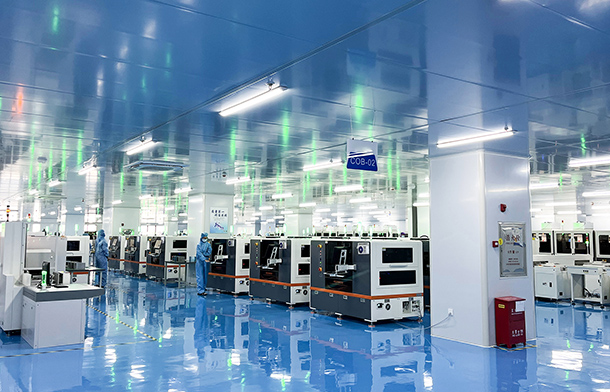 English
English
2025.05.13
Against the backdrop of accelerating digital economy and smart city development, the LED display industry is embracing vast growth opportunities. Faced with intense market competition, LED display manufacturers must build a multi-dimensional competitiveness system through systematic planning to achieve sustainable development.
Technological innovation serves as the core driver for corporate advancement and industry progress. LED display manufacturers should consistently increase R&D investment, focusing on cutting-edge technologies such as Mini/Micro LED, COB packaging, and high refresh rates. By collaborating with academic and research institutions, they can break through technical bottlenecks. Establishing patent pools to protect intellectual property rights while fostering a virtuous cycle of technological iteration ensures products maintain leading advantages in critical metrics like brightness, contrast, energy efficiency, and cost-effectiveness.
A robust quality control system forms the foundation for market competitiveness. From raw material selection to production processes, LED display manufacturers must implement quality standards exceeding industry norms. Combining automated inspection equipment with manual rechecks ensures optimal performance of each LED display module and panel. Refined supply chain management effectively reduces defect rates, providing dual guarantees for product reliability.
Customization capabilities have become pivotal for differentiation. To address diverse application scenarios, such as cultural tourism, commercial complexes, and intelligent transportation, manufacturers should establish flexible production lines for products of varying models and sizes. Offering end-to-end services from design to installation, modular architectures and smart control systems enable personalized configurations in screen formats, resolutions, and interactive features, meeting clients’ specialized demands.

Scientific cost control enhances profitability. By improving supply chain synergy, adopting standardized components, and deploying intelligent manufacturing equipment, production costs can be reduced. Process innovation, such as developing advanced thermal materials or optimizing driver circuit designs, boost product performance while minimizing material consumption, creating dual benefits of scale effects and cost advantages.
Talent cultivation and brand image constitute soft power barriers. Manufacturers should establish professional training mechanisms and incentivize innovation through equity incentives or profit-sharing programs. Concurrently, upgrading brand perception via industry exhibitions, case studies, and participation in standard-setting elevates industry influence, fostering trusted brand recognition.
After-sales service systems are vital for long-term client relationships. Manufacturers should optimize global rapid-response networks, offering value-added services like remote diagnostics and preventive maintenance. Developing smart operation platforms to monitor equipment in real-time enables predictive fault analysis, shifting from passive repairs to proactive solutions, thereby boosting customer satisfaction and brand loyalty.
In the rapidly changing competitive landscape of the industry, LED display manufacturers can only seize the initiative for development amidst market transformations by organically integrating technology research and development, production management, and customer service. By establishing a competitiveness system that spans the entire value chain, they can successfully transition from product suppliers to comprehensive LED display solution providers.